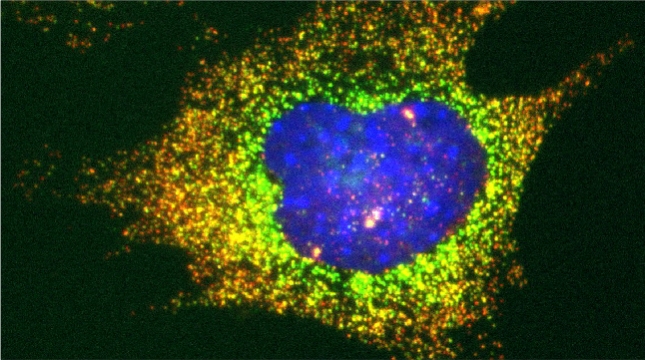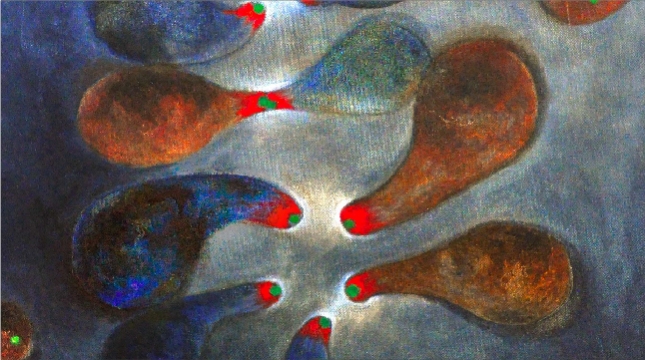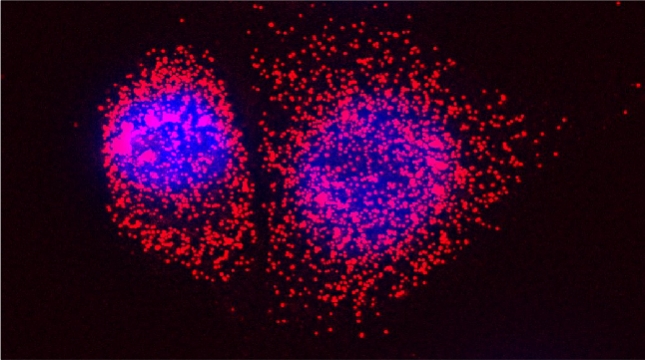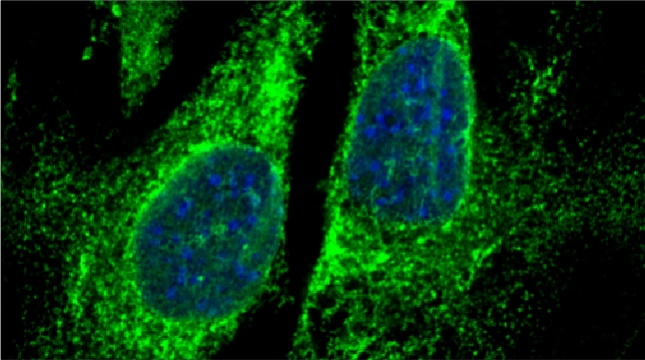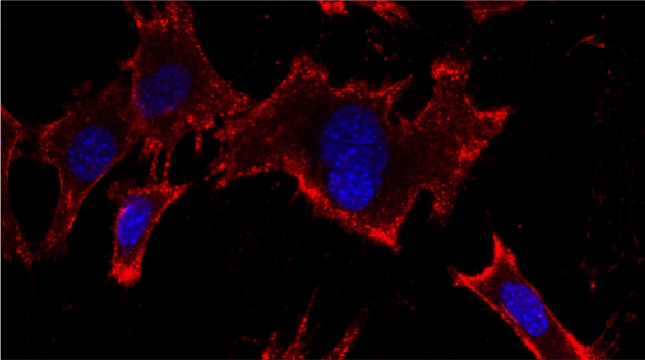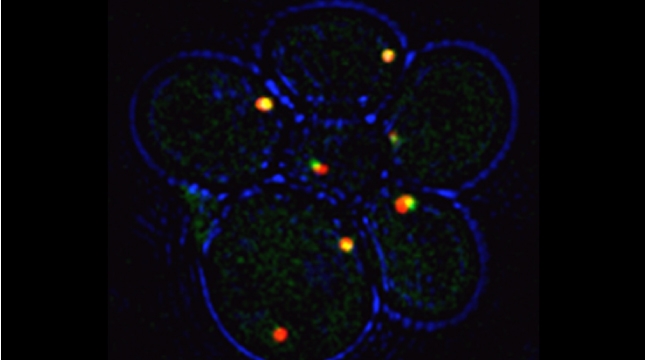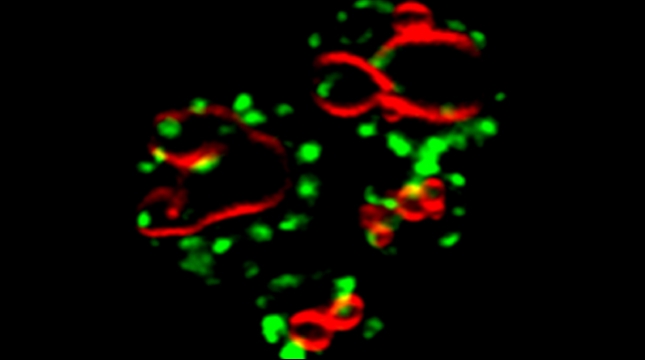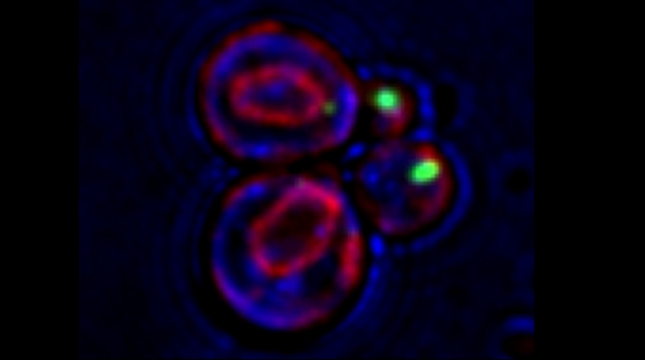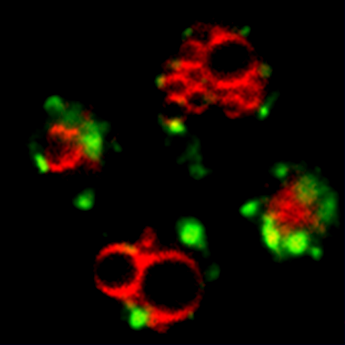
Batten disease is an incurable childhood neurodegenerative disorder resulting from mutations in CLN3, which encodes a multi-pass membrane spanning protein of unclear localization and unknown function. Since yeast have a direct ortholog of Cln3, called Btn1, we have used yeast as a model to study where the protein localizes within the cell and how it may function. We have found that Btn1 is a trans Golgi protein that actually controls endosome-Golgi protein retrieval [Kama et al 2011]. Upon the deletion of Btn1, select trans Golgi proteins fail to be retrieved and either accumulate in late endosomes or degrade in the vacuole. Btn1 turns out to regulate the disassembly of SNARE complexes involved in endosome-Golgi transport by acting upstream of a kinase (e.g. Yck3) that controls Golgi SNARE assembly. Previous work in the lab already demonstrated that phosphorylation is able to control SNARE assembly and exocytosis [Marash and Gerst 2001, Marash and Gerst 2003], as well as Golgi function [Weinberger et al 2005]. As the expression of mammalian Cln3 restores normal Golgi protein localization in cells lacking BTN1, it implies that their functions are conserved in evolution. Thus, defects in endosome-Golgi protein retrieval may regulate the localization of Golgi proteins and could explain why numerous pleiotropic defects are observed upon mutation of CLN3 in humans. Ongoing work aims to better understand how Btn1 works to activate Yck3.


